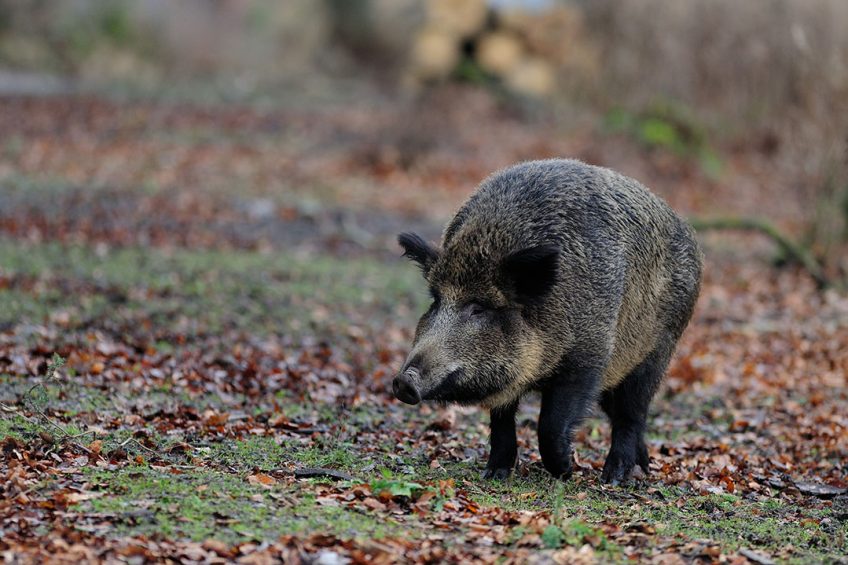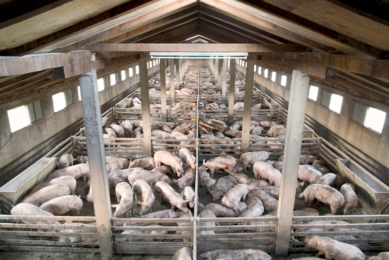ASF Europe: more cases in wild boar population in 2020

The number of wild boar in Eastern Europe infected with African Swine Fever (ASF) has been increasing more rapidly in the first quarter of 2020.
Those conclusions can be drawn on the basis of data supplied by the Animal Disease Notification System (ADNS), monitored by the European Commission and communicated by Royal GD, the animal health service in the Netherlands.
4,085 infected wild boar found with ASF
In the first quarter of 2020, in the entire European Union, 4,085 infected wild boar were found. This is roughly equal to the 60% that was found in the whole of 2019. Percentages from Poland and Hungary even reach more than 70% of the total amount of animals found in 2019. In Romania, that percentage is at over 50%.
More intensive hunt for wild boar
When reviewing the numbers, it is good to remember that there is a more intensive hunt for wild boar as well as a more intensive search for carcasses. That could be an explanation for the increase of the number of infected animals. Where European countries tend to test more, that is not happening so much in Ukraine and Belarus.
Domestic pigs: situation relatively quiet
Despite the growing number of infections in wild boar, the situation amongst domestic pigs has been relatively quiet. In the first quarter of the year, 214 infections were confirmed on farms, which is 11% of the total of last year. The majority of these farms were in Romania, and would mostly apply to backyard farms. In Hungary, no pig farm got infected in the first 3 months of the year.
Poland currently has 2 infected pig farms, both in the west of the country. One of these was discovered in March, the other early April. Mid-May, the number of discovered wild boar infection sites in Poland was at 2,440.











